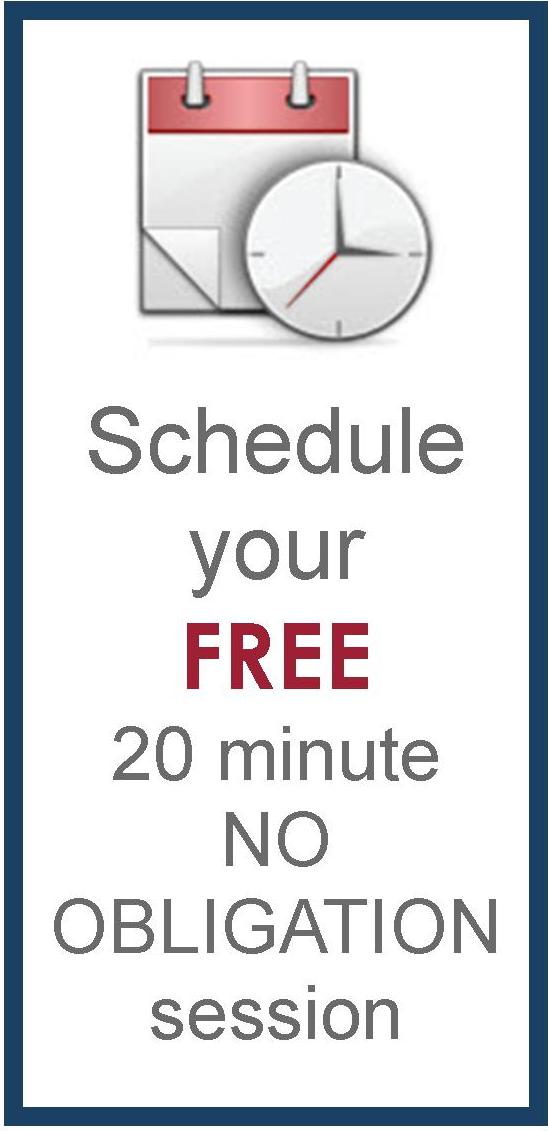Good enough and five tips for learning

At the end of the day, remind yourself that you did the best you could today, and that is good enough.~ Lori Deschene, creator of the Tiny Buddha website.
As fall begins, I think it’s time to start singing the praises of “good enough” in all areas of our lives instead of feeling constantly overwhelmed. It’s not as easy as it sounds. Academia is full of high-achieving, perfectionist, driven-to-succeed kinds of people. You would not have gotten to where you are unless you have some of those characteristics. In the high-stakes world of higher education today, are you even allowed to say, “it’s good enough?” whether you are talking about your work, your parenting style, your exercise habits, or anything else? I think the answer is a resounding “Yes.” It’s time to embrace “good enough.”
I’ve spent entirely too much of my life striving for perfection. It can drive the people around me crazy and give me heartburn. It’s a lot healthier to celebrate what you’ve done right than to beat yourself up for what you have not (yet) achieved. Good enough means twenty minutes of exercise when you’ve said you would do an hour. Using an old-fashioned highchair to keep your toddler safe while eating is good enough compared to using the latest, greatest models. Soup for dinner is good enough for the family when time is short.
Stop comparing yourself to others
Don’t fall into the trap of comparing yourself to others. Whether you attribute “Comparison is the thief of joy” to Mark Twain, Theodore Roosevelt, or some anonymous proverb, it’s still true. You are the only person who knows when you’ve reached your limit, and it’s time to admit that good enough is perfectly adequate. I challenge you to identify a situation in which you were fabulously adequate in the past week. For me, it’s been a week of shorter bike rides because I was just too tired to do more, and five miles is better than none.
Academic work can be good enough, too. Submitting a paper for review and publication is better than holding on to it until it’s perfect. Grading those papers with fewer comments than usual to meet a deadline is good enough. You can be good enough in the classroom by simply recognizing the expertise you bring and sharing knowledge imperfectly. Let go of needing to create the perfect classroom experience, and you and the students might both enjoy your time together more. Recognize there are limits to your energy. There’s a limit to what you can teach. The value is in the learning.
Embracing good enough does not mean you stop striving. It just means you let go a little bit, cut yourself a little slack for being human, and set realistic goals. Good enough is a way to break out of perfectionism and move on. If you say everything is good enough and never try to go beyond that, you may not be challenging yourself enough. Once you have rested a while in good enough, it’s time to push yourself again. Take on challenges, acquire new skills, and find new ways to deal with old problems. Start setting new goals. Grow.
Comfort Zone versus Learning Zone
The Learning Zone model was popularized by Tom Senninger, a German educator who based it on a model for learning originally created by Soviet psychologist Lev Vygotsky (1896-1943) he named “the zone of proximal development” as a way of describing how children learn with the help of an adult. In the original model, there are three circles, the smallest in the center described as what the learner can do unaided; the next ring is the actual zone of proximal development, or what the learner can do with guidance, and the outside circle is what the learner cannot do…yet. Vygotsky believed in the importance of a child learning to solve problems for themselves. Tom Senninger took the proximal zones and created a new model of concentric circles with the Comfort Zone in the center, the Learning Zone as the middle ring, and in a new twist, added the Panic Zone, where learning is beyond what you already know and is becoming quite difficult. Maybe even challenging. I think a better name for this circle would be “the Challenge Zone.” Panic has such negative connotations.
5 tips for better learning
I’m sharing this Learning Zone model with you as a way to embrace “good enough” for now and remind yourself you can return to learning later. Here are five tips to guide you when you are ready:
- Trust yourself: Before you start learning, you must believe you can. This requires a certain degree of fortitude and belief that you will eventually succeed in learning. Fear is not helpful for learning.
- Secure your knowledge: Rely on what you already know and have learned and use it as your basis for learning more.
- Find experts to teach you: The best students always seek out the teachers with more knowledge, whether you’re talking about sports, music, or any other discipline. If you need help, ask for it.
- Create a supportive structure: Educators often call this scaffolding. Just like math builds from simple addition and subtraction through calculus and even into theoretical math structures.
- Pay attention to how you feel: If you are not getting excited and want to dive ever more deeply into your new learning, you may need to recalibrate. Joy makes it easier to learn; despondency helps no one.
Conclusion
Some teachers, students, administrators, and parents are feeling the joy of returning to in-person learning. Others are still just feeling exhausted. More likely, you are somewhere in the middle between excited and exhausted…for myself, it’s a daily seesaw between the two. Be gentle with yourself and know when it’s OK to say, “it’s good enough,” and be done for the day.
If you need help readjusting back to academic life, contact Hillary for a FREE 20-minute session.
Tags: academia, attitude, change, confidence, learning, strategies, teaching, transition






